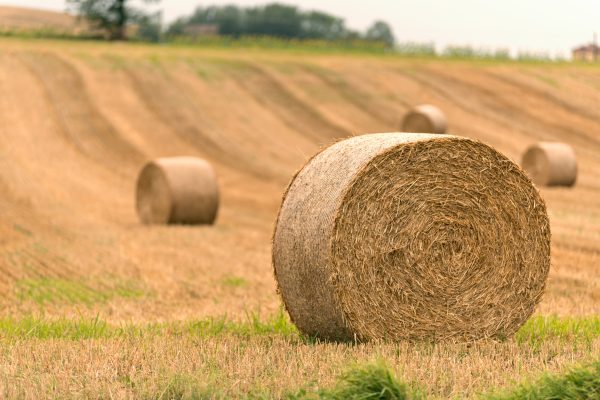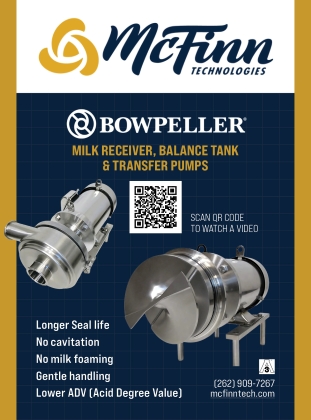Delmhorst Hay Moisture Testers

Delmhorst Hay Moisture Testers: How Accurate?
With rising operational costs, tighter margins and increasing labor shortages, Delmhorst Moisture Testers have been widely accepted for decades and still, the most often-asked question is – how accurate are moisture testers?
Since probe-type meters measure the moisture at a specific, small point in a product – hay – that has many inherent variables, the question of accuracy must be viewed in the right context. We could give six technicians the same model tester with instructions to verify the calibration on hay taken from the same bale, and each would likely come back with six different results. The variability of the electrical properties of the hay, and its non-uniformity, makes it difficult to accurately represent anything but an average moisture level for one or more hay varieties.
The Greatest Accuracy
The relationship between meter-indicated moisture content and the actual moisture content of the same sample as determined by a properly-run oven test, can be obtained when the meter is used on samples that are close to average samples on which the meter calibration was developed. This includes crop, cutting, density and most important, uniformity of the moisture distribution.
There is no way to duplicate lab conditions in the field so we accept accuracy guidelines in terms of ranges, and not specific points. Often evaluations of instruments by experts may give different results, dependent on their sampling procedure, the conditioning (or non-conditioning) level of the samples under test, and even differences in the scale and oven used in the evaluation.
The Great Advantage of Probe
First advantage of probe type moisture testers is that although they may yield variable readings, they allow the producer to take a large number of readings quickly. Through these readings, he will obtain an average and a good feel of how many potentially damaging “high” readings are hidden in the average itself. An average of several readings is important, but even more important are the high readings and their frequency.
Bale density may also affect meter accuracy. Density can vary within a bale itself, much less over the range of bales from a particular field. Some of this can be attributed to the fact that bale formation from different types and brand balers can alter the standard density for which a meter is calibrated. A significant difference in readings may occur if the probe is thrust in a very loose mass of hay as compared to a high-density bale (200# or more). Readings between a bale of standard density (60#-80#), and a high-density bale should vary by no more than 2-3 points.
On-the-go monitoring also should not be viewed in strict, quantitative terms. Continuous monitoring is an aid in determining a range in which to bale. Continuous, on-the-go readings are generally higher than readings obtained with a hand probe by 2-4 points under uniform, constant conditions. It is not unusual to see this difference as high as 10-12 points, depending on bale package and field conditions.
Summary
It is important to have a feel for what the difference between these readings may be since conditions can change rapidly. Periodically spot-check hay in the windrow as well as freshly made bales to gain additional information on the variation between the probe and baler-mounted sensor. These checks will help the producer establish the appropriate range for baling and to maximize the capabilities of the moisture tester as a management tool.
Written by Tom Laurenzi • Delmhorst Instrument Co • www.delmhorst.com • tlaurenzi@delmhorst.com
For more Cattle Industry News – Home – American Cattlemen
For Outdoor Enthusiasts – The Iowa Sportsman is the place to be!



